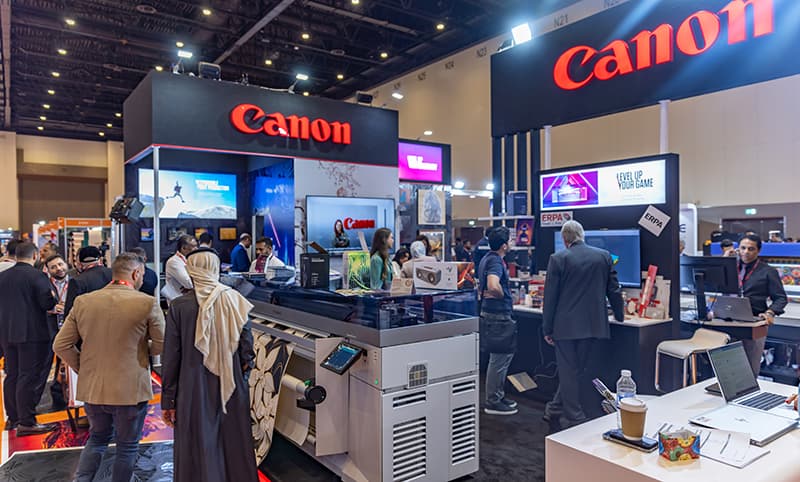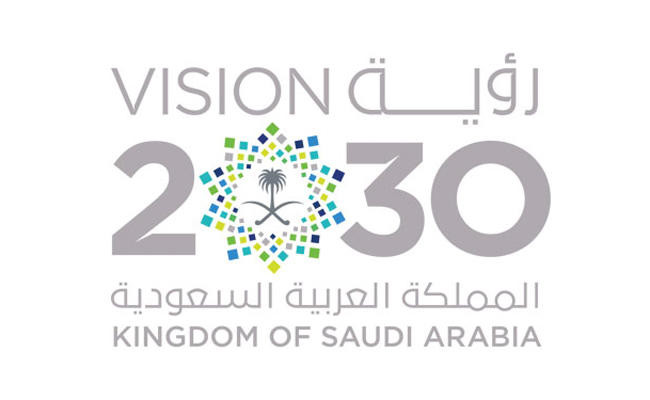The Challange of Captivating Customers Meaningfully
Credited to: Shadi Bakhour, B2B Business Unit Director at Canon Middle East

In a digitally saturated world, captivating customers meaningfully presents a growing challenge. While digital communication appeals to many businesses due to its measurability, affordability, and wide reach, authentic customer engagement necessitates diversification.
Customers, increasingly aware of online targeting, are experiencing digital fatigue. The sheer volume of digital communications compels many to switch off, actively seeking methods to minimise online content intake. In fact, 42.7% of global internet users leverage ad blockers, demonstrating the inadequacy of digital-only campaigns in influencing audiences effectively.
This has prompted businesses to re-evaluate their communication strategies, exploring avenues beyond the digital realm to reach customers and prospects. Integrating high-quality, uniquely personalised printed materials into the communication mix presents an opportunity to reconnect with customers and cultivate brand loyalty.

Achieving a competitive edge through print
Print can bring the cut through that brands are looking for in a predominantly digital environment. With the flood of emails in customer inboxes, the unique message each is trying to convey is getting lost and subsequently lacks impact. Content that flashes on and off the screen can be quickly forgotten by consumers as they are served the next ad moments later.
Print offers a promising alternative and an addition to the communication mix which needs to be considered due to its tangibility, which leads to improved brand recall and a higher level of information retention. The fact that it’s different and tactile to the other content customers are served means it is more likely to linger in their minds for longer. Individuals also have more control over when they choose to engage with a printed asset which leads to a better focus on the material, unlike digital communications that are designed to be served wherever customers are online.
Seizing the ‘in-house’ opportunity
To capitalise on the benefits printed content can provide, many organisations are turning to third parties and specialist print shops for their printing needs. In Middle East region majority of businesses outsource their colour print material, but with operating costs rising because of the current economic backdrop, many will likely be looking for ways to minimise extra spend where possible.
While there are many reasons outsourcing can work and offer advantages, in-house printing offers both the benefits of increasing internal productivity, with the opportunity to boost customer engagement through the flexibility it provides.
Enhancing customer engagement
First of all, in-house printing removes all the additional time intensive administration associated with outsourcing, such as choosing a provider, signing contracts, and processing payments. More importantly, cutting lead times offers the opportunity to increase customer engagement as it helps businesses to bolster content relevancy. They can be more flexible with their communications and adapt campaigns at short notice to align to the latest trends – or capture immediate competitive opportunities as they arise.
Personalisation is also a critical way to have a longer lasting impact on individual engagement, as individuals are more likely to turn to brands that offer them a relevant and personalised experience. With in-house print capabilities, this is easier to achieve, as businesses can change and customise documents for each individual or group at no extra cost.
Customers also value quality, and with in-house capabilities this grants businesses more control over the end-product. By having a say in the devices that they choose, organisations can achieve a high-quality output consistently and can check quality regularly. With people more naturally inclined to remember poor brand experiences over good ones, this highlights the importance of getting the quality of your printed materials perfect every single time.
Bolstering internal productivity
Outsourcing print may be a short-term cost saving, however, bringing print capabilities in-house also helps to reduce operating costs well into the future. While investing in hardware requires upfront investment, it is more cost-effective long term as it removes the need to pay for external support each time a new printed asset needs to be produced. With the right technology, internal operating costs can also be streamlined through full usage visibility that helps to optimise the internal print environment.
Security is another factor that in-house printing can help to resolve. Whether preparing for a product launch or handling sensitive internal communications, investing in internal printing capabilities improves data security by keeping sensitive material within the company infrastructure. This avoids the need for external parties to have access, whilst also removing additional contract administration related to disclosure.
Striking a balance
Digital communication will always have a place in engaging customers, however, as attitudes towards online platforms are changing, digital only campaigns no longer serve all purposes. Thankfully, this does not mean businesses must choose between investing in digital and print technologies, but instead they should be seen as complimentary systems.
Print is an opportunity for businesses to increase engagement and reconnect with customers in a meaningful way. Bringing print capabilities in-house can offer internal benefits, greater control over the process from start to finish and increased flexibility. Print, therefore, presents an opportunity for businesses to boost engagement and meaningfully reconnect with customers, particularly in a country such as Saudi Arabia, where the “touch and feel” aspect of marketing still holds value.
Canon’s new Customer Experience Centre in Riyadh offers this opportunity for first-hand experience with the print format for businesses. This direct engagement, coupled with renowned quality and outstanding support, has been instrumental in the brand’s remarkable growth in Saudi Arabia, with revenues doubling in two years. The brand’s “local” approach, blending global expertise with local investment, aligns with Saudi Vision 2030 and has been well-received by customers.

In conclusion, print’s true value lies in its ability to elevate communication to the next level in a format that provides a more creative and memorable experience. This personalised approach demonstrates the true value of the customer relationship, a principle at the heart of both successful business strategies and progressive national visions like Saudi Arabia’s Vision 2030.






One Comment